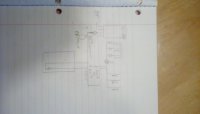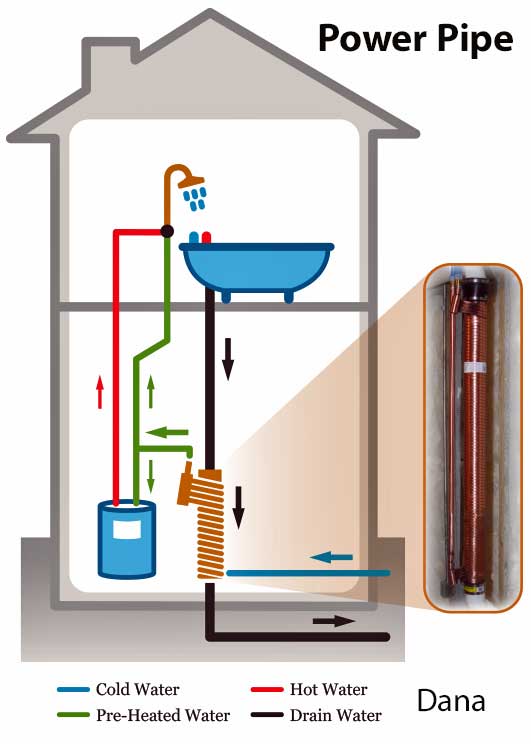Greenmountain
Member
I'm new at this, and am not sure if my idea makes sense so looking for some feedback.
Boiler would be a Rinnai E50 and indirect a Heat-Flo 60g, three small zones plus the indirect as a 4th zone.
I'm thinking of routing all my zone returns to flow through the indirect (manifold to indirect input) before returning to boiler. There would also be a tee in this line so that the indirect is a zone as well. Check valves would prevent backflow. Temp setting for the indirect storage would be roughly 65-70F.
The basic philosophy is to one, preheat incoming cold water (water comes in at anywhere from around 34-45F) to increase the DHW output of the combi (set to Max temp output from combi then through mixing valve), and two, to scrub heat from the return flow to maintain high condensing efficiency. I think it should also help to minimize short cycling.
(The stated min flow rate for the indirect HX is 14gpm. I'm not sure yet what the combined flow rate of all zones will be, but if necessary I could install a bypass controlled by a PRV, though 14gpm seems like plenty of capacity.)
This also essentially makes any standby heat loss from the storage negligible since heat loss in winter is to a heated space, and very little heat loss will occur in summer since storage temp will be very close to average ambient.
Btw, the inspiration here is cost opportunity... I've found very good deals on the equipment, so not looking to compare to a system at retail pricing, just want to ask if anyone sees problems or inefficiencies.
Thanks!
Boiler would be a Rinnai E50 and indirect a Heat-Flo 60g, three small zones plus the indirect as a 4th zone.
I'm thinking of routing all my zone returns to flow through the indirect (manifold to indirect input) before returning to boiler. There would also be a tee in this line so that the indirect is a zone as well. Check valves would prevent backflow. Temp setting for the indirect storage would be roughly 65-70F.
The basic philosophy is to one, preheat incoming cold water (water comes in at anywhere from around 34-45F) to increase the DHW output of the combi (set to Max temp output from combi then through mixing valve), and two, to scrub heat from the return flow to maintain high condensing efficiency. I think it should also help to minimize short cycling.
(The stated min flow rate for the indirect HX is 14gpm. I'm not sure yet what the combined flow rate of all zones will be, but if necessary I could install a bypass controlled by a PRV, though 14gpm seems like plenty of capacity.)
This also essentially makes any standby heat loss from the storage negligible since heat loss in winter is to a heated space, and very little heat loss will occur in summer since storage temp will be very close to average ambient.
Btw, the inspiration here is cost opportunity... I've found very good deals on the equipment, so not looking to compare to a system at retail pricing, just want to ask if anyone sees problems or inefficiencies.
Thanks!



